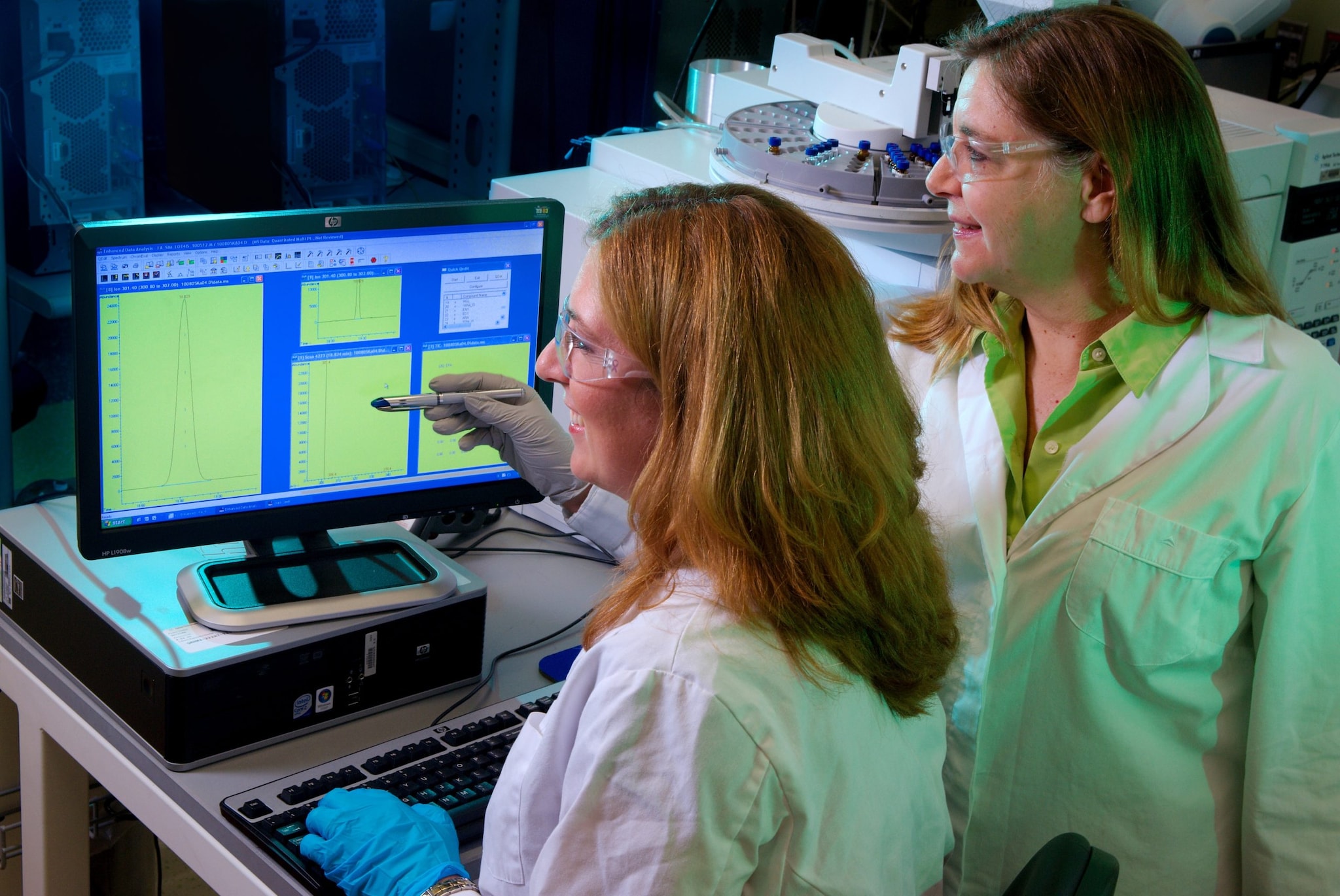At a glance
- Chemical levels are provided for different demographic groups based on age, gender, and race/ethnicity.
- Not all chemicals are measured in the same individuals.
- Concentrations of environmental chemicals in blood or urine are not the same as those in air, water, food, soil, or dust.
- Blood and urine levels reflect overall exposure from multiple sources and routes.

What to know
Levels of chemicals are provided for the demographic groups as stratified by age, gender, and race/ethnicity. Demographic groups may not be equal in their composition with respect to other variables. Chemicals measured in pooled serum samples are stratified by combined demographic groups (e.g., non-Hispanic black females, ages 12-19 years). CDC scientists publish separate scientific papers that make detailed comparisons of levels of chemicals in different demographic groups. A list of peer-reviewed biomonitoring papers can be found here: National Report on Human Exposure to Environmental Chemicals Peer-Reviewed Publications.
Not all the chemicals in the Report are measured in the same individuals. Therefore, it is not possible to determine the fraction of all measured chemicals that were found at detectable levels in each person.
Blood, serum, and urine levels of a chemical should not be confused with levels of the chemical in air, water, food, soil, or dust.
Concentrations of environmental chemicals in blood or urine are not the same as those in air, water, food, soil, or dust. For example, a chemical concentration of 10 µg/L in water does not produce a level of 10 µg/L in blood or urine. Blood or urine levels may reflect exposure from one or more sources, including air, water, food, soil, and dust.
Levels of a chemical in blood, serum, and urine are determined by how much of the chemical has entered the body through all routes of exposure, including ingestion, inhalation, and dermal absorption, and how the chemical is distributed in body tissues, transformed into metabolites, and eliminated from the body. Although the levels in the blood, serum and urine are measures of the amount of a chemical that has entered the body by all routes of exposure, the blood or urine level alone does not indicate the specific exposure source or route of exposure.
